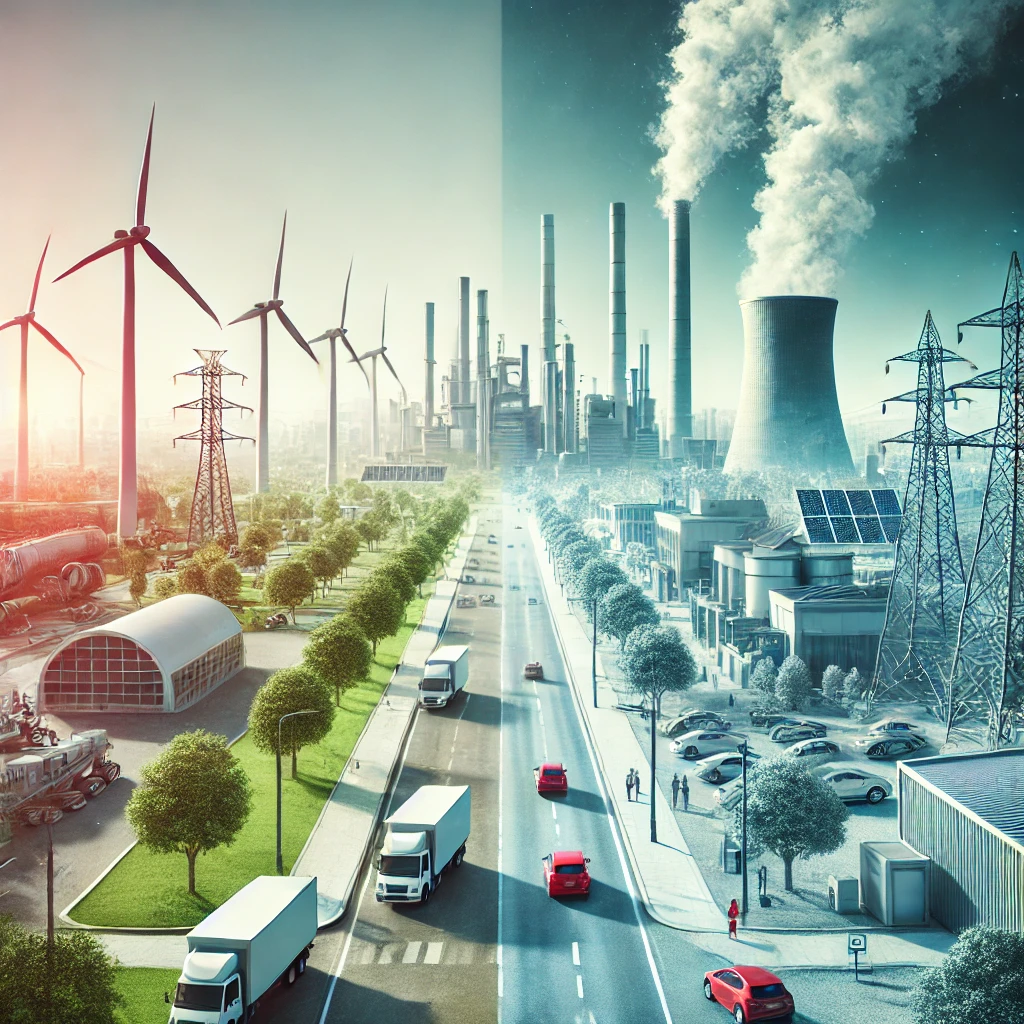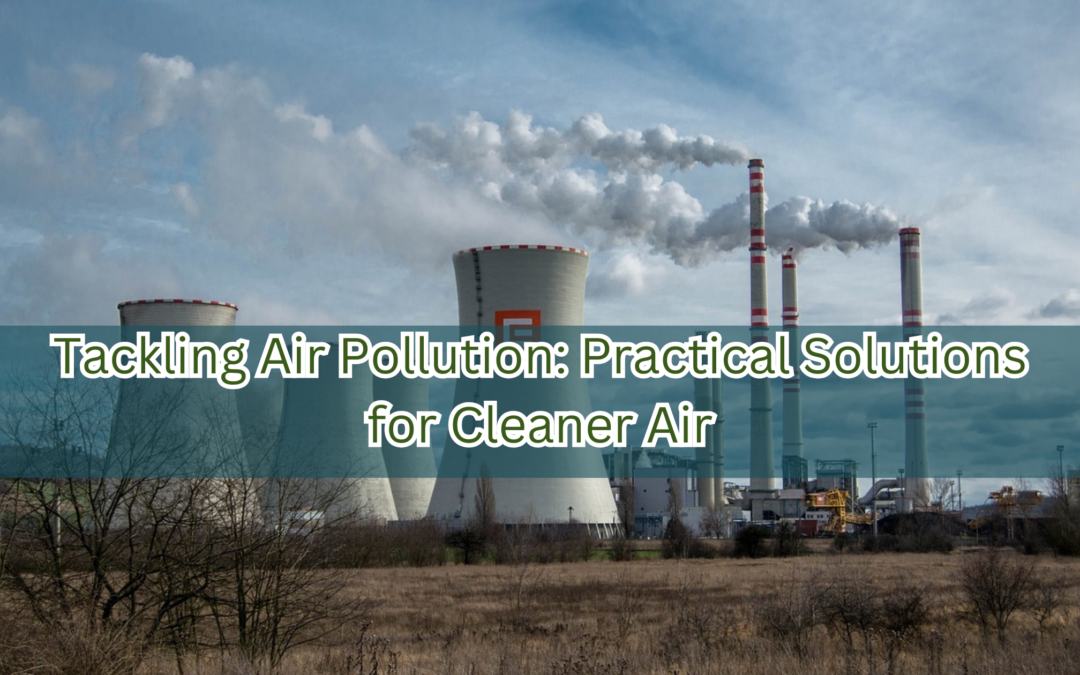Air pollution is a pressing issue affecting millions of people globally, leading to serious health problems such as respiratory and cardiovascular diseases. But here’s the good news: there are practical solutions for cleaner air that both developed and developing nations can implement. In this blog post, we’ll dive into the key causes of air pollution and discuss actionable steps that can be taken to reduce it.
Solutions for Developed Countries
In developed nations, air pollution is often caused by energy generation, vehicle emissions, and industrial processes. Here are some effective solutions for cleaner air in these regions:
Transition to Renewable Energy for Cleaner Air
One of the major sources of pollution in developed countries is energy generation from fossil fuels like coal and natural gas. Shifting to renewable energy sources such as wind, solar, and hydropower can drastically reduce harmful pollutants like sulfur dioxide and nitrogen oxides. Countries like Sweden and Germany are leading the way by closing coal plants and heavily investing in renewable infrastructure.
By making the switch, we not only improve air quality but also promote a more sustainable energy future. To learn more about how countries are making this shift, check out this resource on renewable energy transitions.
Electric Vehicles and Public Transit
Transportation is another significant source of air pollution, especially in urban areas. Promoting electric vehicles (EVs) and improving public transportation systems can reduce emissions and make a big difference. Governments can provide incentives like subsidies for EV purchases, invest in more charging stations, and introduce congestion charges in busy cities. This has already worked well in cities like Singapore and London, where congestion charges have helped reduce traffic and pollution levels.
For more details on how EVs are shaping the future of transportation, you can explore this article on electric vehicle adoption.
Solutions for Cleaner Air in Developing Countries
In developing nations, the causes of air pollution are different, but there are also tailored solutions for cleaner air. These often revolve around reducing emissions from outdated vehicles, industrial processes, and household energy use.
Cleaner Air Through Improved Cookstoves
Many households in rural areas of developing countries still rely on traditional stoves that burn wood, coal, or manure. This creates a significant amount of smoke, which is harmful both indoors and outdoors. By switching to cleaner cookstoves and using alternative fuels like biogas or liquefied petroleum gas (LPG), we can dramatically improve air quality, especially for women and children who are most affected.
Cleaner cookstoves not only improve air quality but also provide health benefits. You can find more information on the benefits of these solutions at the Global Alliance for Clean Cookstoves.

Strengthening Industrial Regulation for Air Pollution
In rapidly urbanizing regions, industrial pollution is often a major problem. Governments in developing countries can reduce this by enforcing stricter emissions standards and requiring factories to install scrubbers and filters. Providing financial incentives for industries to adopt cleaner technologies can also help drive this change.
Monitoring and regulating vehicle emissions is another crucial step. Many cities are already implementing air quality monitoring systems to keep track of pollution levels and enforce emissions limits on older, more polluting vehicles.
Join the Movement for Cleaner Air Today!
Whether you’re in a developed or developing country, air pollution affects us all. By implementing solutions for cleaner air, we can make a meaningful difference in public health and the environment. From transitioning to renewable energy to adopting cleaner cookstoves, there are actions we can take right now to improve air quality.
Let’s make it a priority to breathe cleaner air and ensure a healthier future for the next generation. Want to learn more about how you can contribute to a cleaner environment? Visit the EAT Community for more information on how you can be part of the solution.
Together, we can tackle air pollution and create a world where clean air is accessible to everyone.
Related Articles and Resources:
- Five ways to jump-start the renewable energy transition now
- Current Air Pollution Future Challenges & Solutions
- EV Volumes – The Electric Vehicle World Sales Database
- Clean cooking for the billions without it
- 7 Types of Urban Pollution That Everyone Ought to Know
- Green Energy Resources – What are The Best Options?



